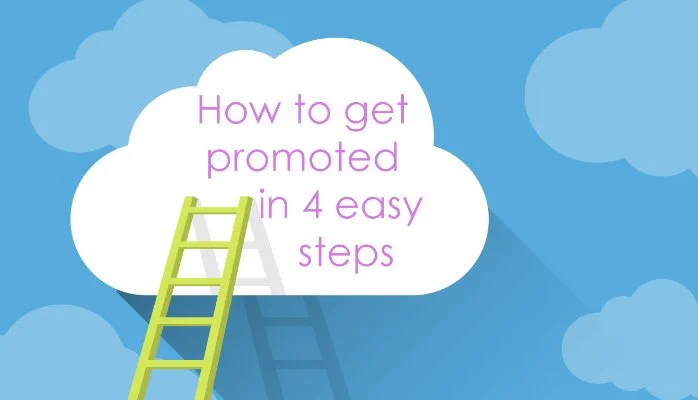The following article was recently featured on LinkedIn.
You may have heard about LinkedIn and wondered whether it was for you. As a student, particularly a high school student or in the early years of your college journey, you might wonder if the time is right to join this network or wait until you have more experience or your diploma and are looking to start a your professional career. Here are some thoughts to consider.
1. You are starting your career now
The skills you are learning and the relationships you are building now, will be important later as well, so don’t wait.
2. Join LinkedIn
It is the world’s largest professional social media network at 380 million users. A new member joins every 2 seconds. Go ahead and list your school, major activities or awards, service organizations for which you volunteer, and list your title as “Student” (unless you want to get creative and you want to be an “Academic Technician” or “An Agent of Change”). You’re your profile professional and focused on academic or professional work, not your preference in music or your summer vacation plans (there are other networks for that). List out your skills and experience so others can endorse you. Don’t forget to list entrepreneurial activities as well. Your profile is 11x more likely to get viewed with a photo and 13x more likely to be viewed when you list skills.
And remember, it is editable, so things that are important for you to highlight today might not always be, so plan to curate your profile regularly to make sure the most important things are highlighted there.
Like any social network, don’t give out your personal information too broadly. Things like your personal email address and the like can be hidden. You can choose to use your first name and last initial until you are more comfortable with the system. You should include a picture, if you are comfortable, but make sure it is professional (like a school photo or one taken when you were giving a speech or working in a lab, instead of one taking on a jet ski or at the football game). You must make wise decisions regarding your own privacy, of course, and those are very personal decisions that you should consider with your parents and trusted advisors.
3. Connect
The whole point of a social network is to, well, network. Start by sending LinkedIn requests to your teacher or professors. Invite fellow career-minded classmates. Invite your mentors and adult friends that know you well.
4. Be generous
There are several features on LinkedIn that all you to participate in a generous way, as you learn the ropes.
First off, you can read the news feed of those you follow and like or comment on their news. Congratulate someone on a new job or major project completion. Comment thoughtfully and supportively on a published article.
Second, you can endorse the people you are connected to for their skills. A few endorsements per person is appropriate.
Thirdly, you can write recommendation notes. Read what others have written and you can add your own. Remember that these will likely live on the site for years to come, so keep them professionally worded and highlight transferable skills. For instance, when writing a recommendation for a friend who was the yearbook editor, you can mention that project, but then say how you appreciated their attention to details and deadlines and how they modeled teamwork. Those are things that future employers officers might be interested in, after all.
If you start supporting, endorsing, and recommending others, you will find that they will do the same for you and your profile and network will grow.
This article was posted on the Saturday Academy website.









